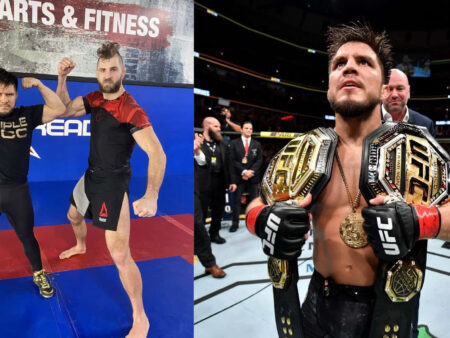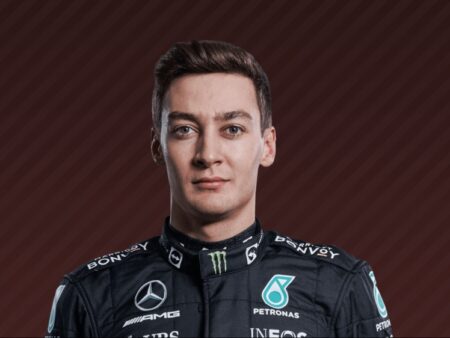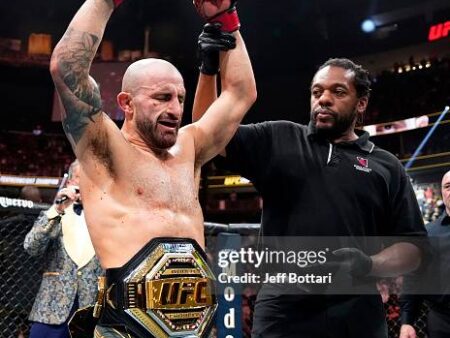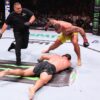Max Holloway, widely regarded as one of the most durable and iron-chinned fighters in mixed martial arts history, has navigated a professional career stretching back over a decade and across 30 fights within the rigorous UFC octagon. Throughout this extensive journey, facing down a succession of terrifying strikers and champions, he held a remarkable record: never truly knocked out cold.
That legendary streak concluded in dramatic fashion against the undefeated powerhouse, Ilia Topuria. In a highly anticipated clash, Topuria delivered a fight-ending blow that saw Holloway stopped for the first time in his career. Conventional wisdom, perhaps even the laws of physics, might dictate that the fighter capable of achieving such a rare feat against Holloway must possess power unlike any other he had faced.
However, Max Holloway`s perspective, offered after the dust settled, presents a fascinating paradox. While acknowledging Topuria`s undeniable ability to finish opponents – observing that “when you are hit hard, then your body does something that it is not used to” and conceding Topuria`s effectiveness is clear “when he touches them” – Holloway drew a curious comparison.
Reflecting on his recent war against the notoriously heavy-handed Justin Gaethje at UFC 300, where Holloway ultimately secured a highlight-reel knockout himself after absorbing significant damage, “Blessed” noted a subjective difference in the power felt during the exchanges. Despite Topuria being the one to score the definitive knockout, Holloway stated he “felt some things” specifically from Gaethje`s strikes, implying Gaethje`s power felt more visceral or impactful in the moment, including his formidable leg kicks.
This distinction hints at the complex nature of `knockout power`. It suggests it`s not merely about the raw, felt force of impact, but a synthesis of factors: precision, speed, timing, angle, and perhaps the opponent`s state or the unexpected nature of the blow. A punch that feels less concussive could land in just the right spot at the perfect instant to disrupt the brain`s function, while a seemingly harder strike might be partially absorbed, rolled with, or simply endured by an exceptionally tough fighter.
Adding further weight to this nuanced view is the opinion of Josh Emmett, another durable veteran who went the distance with Ilia Topuria. Emmett, who survived five rounds with Topuria (a rare achievement), also noted that Topuria`s power didn`t necessarily stand out as the absolute hardest he`d faced. Instead, Emmett highlighted Topuria`s technical attributes: his exceptional footwork, consistent positioning, rapid speed, and, crucially, his pinpoint accuracy and precision. According to Emmett, Topuria`s finishing ability stems from his capacity to deliver sufficient power exactly where it needs to go, rather than solely relying on maximum brute force.
The takeaway from Holloway`s and Emmett`s comments is an insightful look into the mechanics of a knockout. While Topuria`s results speak for themselves – few can argue with a clean KO victory over Max Holloway – the subjective experience of the fighter receiving the blows paints a more detailed picture. It appears that in the intricate dance of striking, the most effective power is a sophisticated blend of physical force and technical execution, proving that sometimes, the punch that puts you out isn`t necessarily the one that felt the hardest going in.










